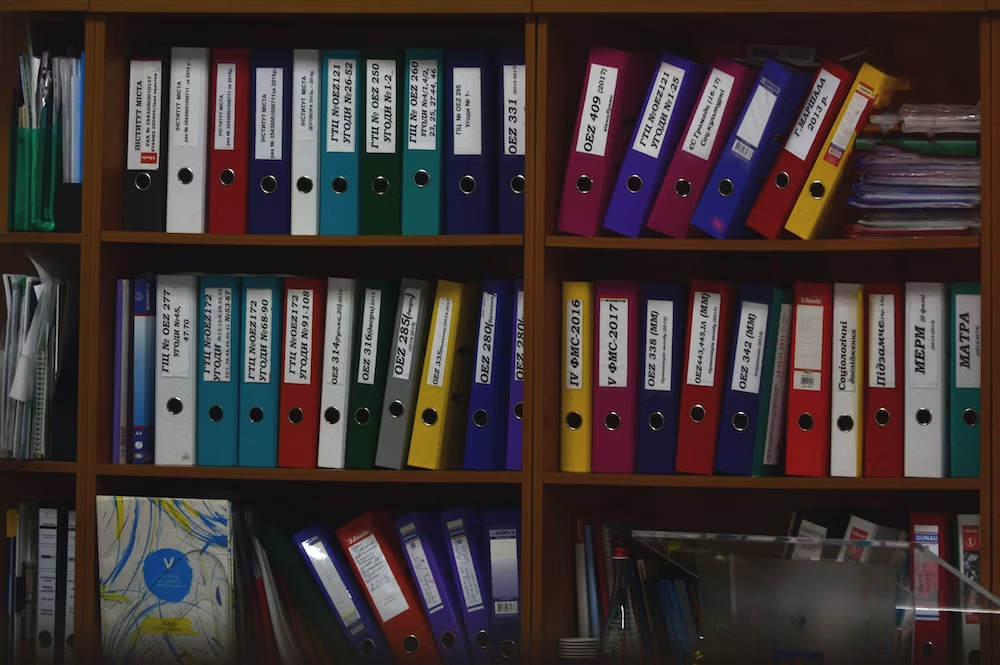How to perform document analysis
How to perform document analysis
Performing document analysis is a structured process that ensures researchers can derive meaningful, qualitative insights by organizing source material into structured data. Here’s a brief outline of the process:
- Define the research question
- Choose relevant documents
- Prepare and organize the documents
- Begin initial review and coding
- Analyze and interpret the data
- Present findings and draw conclusions
The process in detail
Before diving into the documents, it’s important to have a clear research question or objective. This serves as the foundation for the entire analysis and guides the selection and review of documents. A well-defined question will focus the research, ensuring that the document analysis is targeted and relevant.
The next step is to identify and select documents that align with the research question. Ensure that these documents are credible, reliable, and pertinent to the research inquiry. The chosen materials can vary from official reports, personal diaries, to digital resources like social media data, depending on the nature of the research.
Once the documents are selected, they need to be organized in a manner that facilitates smooth analysis. This could mean categorizing documents by themes, chronology, or source types. Digital tools and data analysis software, such as ATLAS.ti, can assist in this phase, making the organization more efficient and helping researchers locate specific data when needed.

With everything in place, the researcher starts an initial review of the documents. During this phase, the emphasis is on identifying patterns, themes, or specific information relevant to the research question.
Coding involves assigning labels or tags to sections of the text to categorize the information. This step is iterative, and codes can be refined as the researcher looks deeper at the data.
After coding, interesting patterns across codes can be analyzed. Here, researchers seek to draw meaningful connections between codes, identify overarching themes, and interpret the data in the context of the research question.
This is where the hidden insights and deeper understanding emerge, as researchers juxtapose various pieces of information and infer meaning from them.
Finally, after the intensive process of document analysis, the researcher consolidates their findings, crafting a narrative or report that presents the results. This might also involve visual representations like charts or graphs, especially when demonstrating patterns or trends.
Drawing conclusions involves synthesizing the insights gained from the analysis and offering answers or perspectives in relation to the original research question.
Ultimately, document analysis is a meticulous and iterative procedure. But with a clear plan and systematic approach, it becomes a potent tool in the researcher’s arsenal, allowing them to uncover profound insights from textual data.

What is text analysis?
Text analysis, often referenced alongside document analysis, is a method that focuses on extracting meaningful information from textual data. While document analysis revolves around reviewing and interpreting data from various sources, text analysis hones in on the intricate details within these documents, enabling a deeper understanding. Both these methods are instrumental in fields such as linguistics, literature, social sciences, and business analytics.
In the context of document analysis, text analysis emerges as a nuanced exploration of the textual content. After documents have been sourced, be it from books, articles, social networks, or any other medium, they undergo a preprocessing phase. Here, irrelevant information is eliminated, errors are rectified, and the text may be translated or converted to ensure uniformity.
This cleaned text is then tokenized into smaller units like words or phrases, facilitating a granular review. Techniques specific to text analysis, such as topic modeling to determine discussed subjects or pattern recognition to identify trends, are applied.
The derived insights can be visualized using tools like graphs or charts, offering a clearer understanding of the content’s depth. Interpretation follows, allowing researchers to draw actionable insights or theoretical conclusions based on both the broader document context and the specific text analysis.
Merging text analysis with document analysis presents unique challenges. With the proliferation of digital content, managing vast data sets becomes a significant hurdle. The inherent variability of language, laden with cultural nuances, idioms, and sometimes sarcasm, can make precise interpretation elusive.
